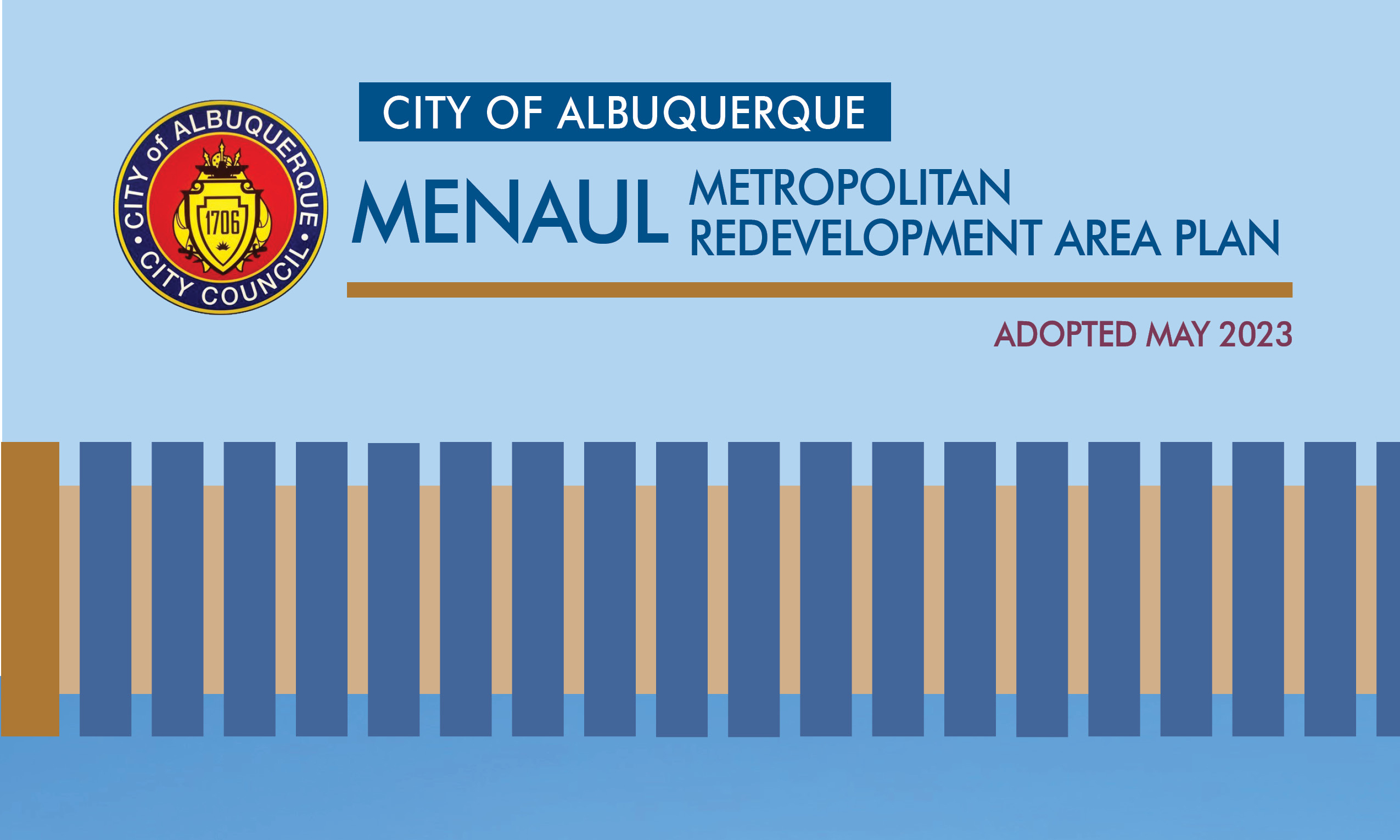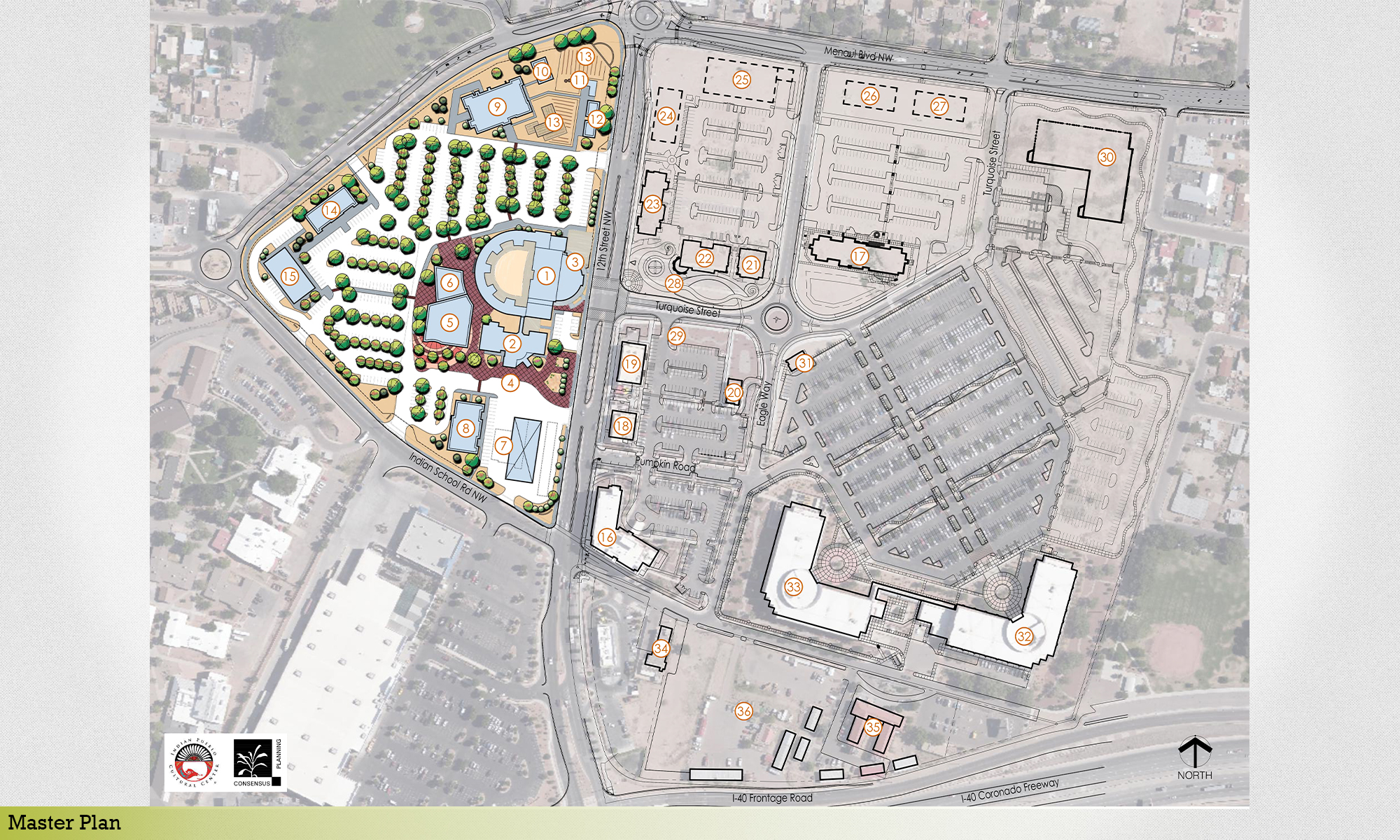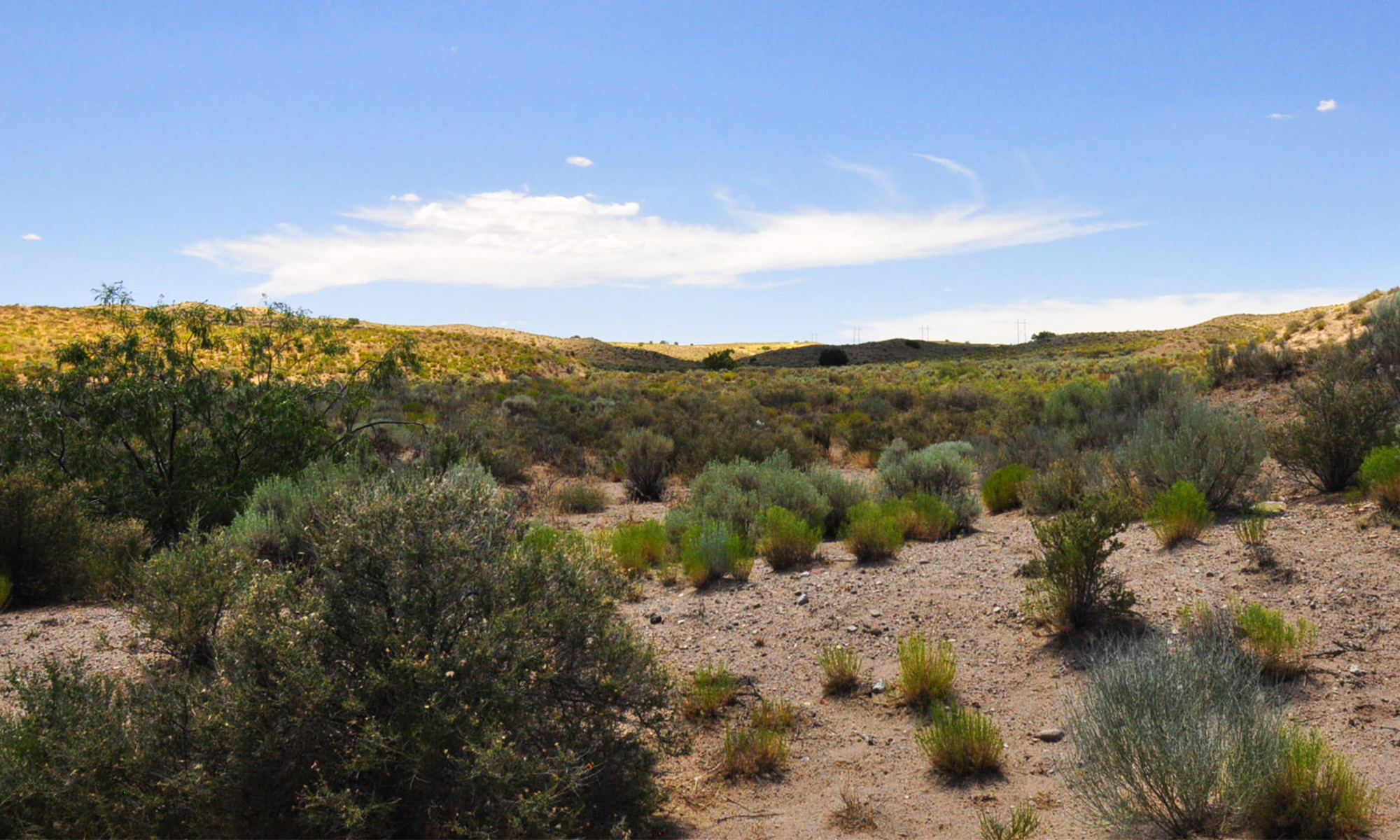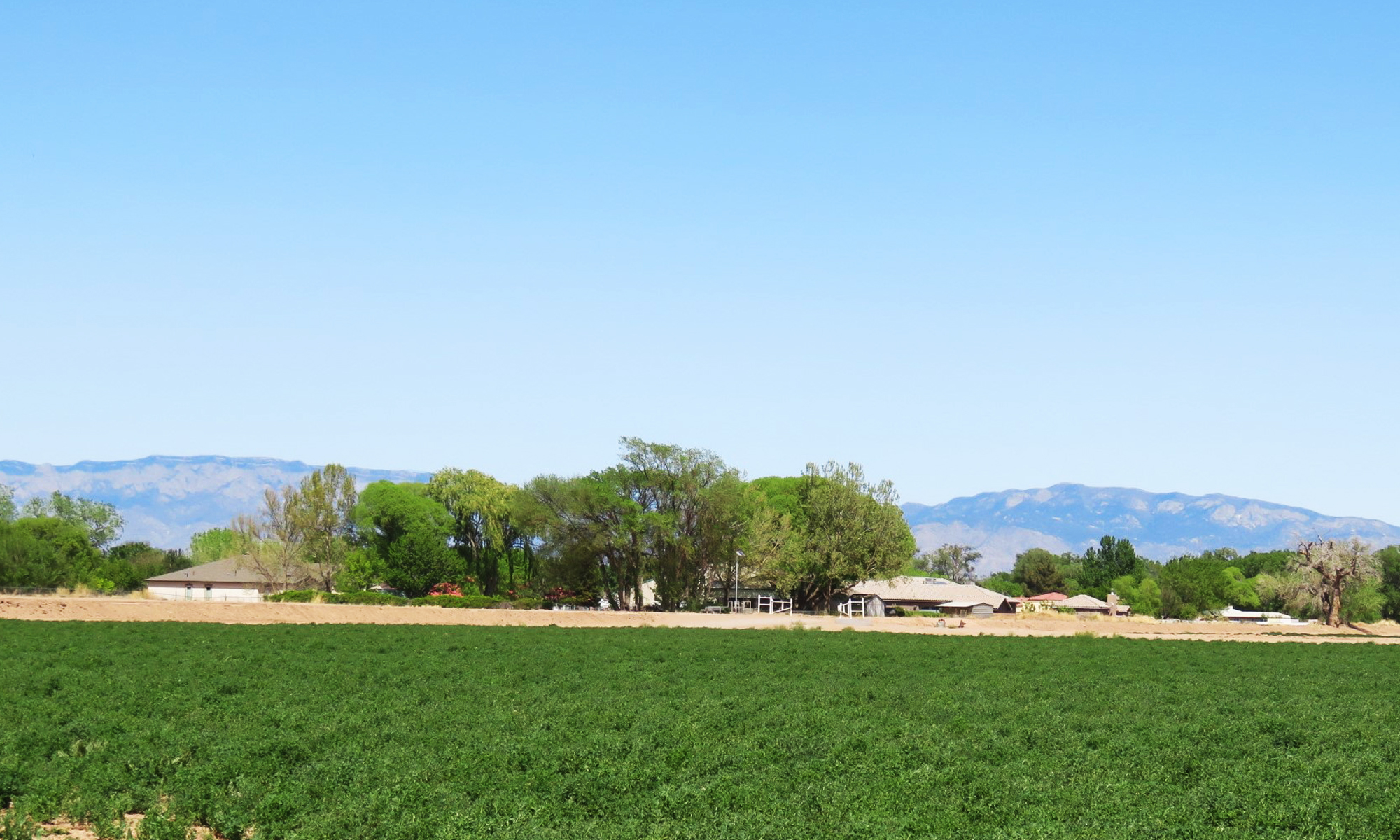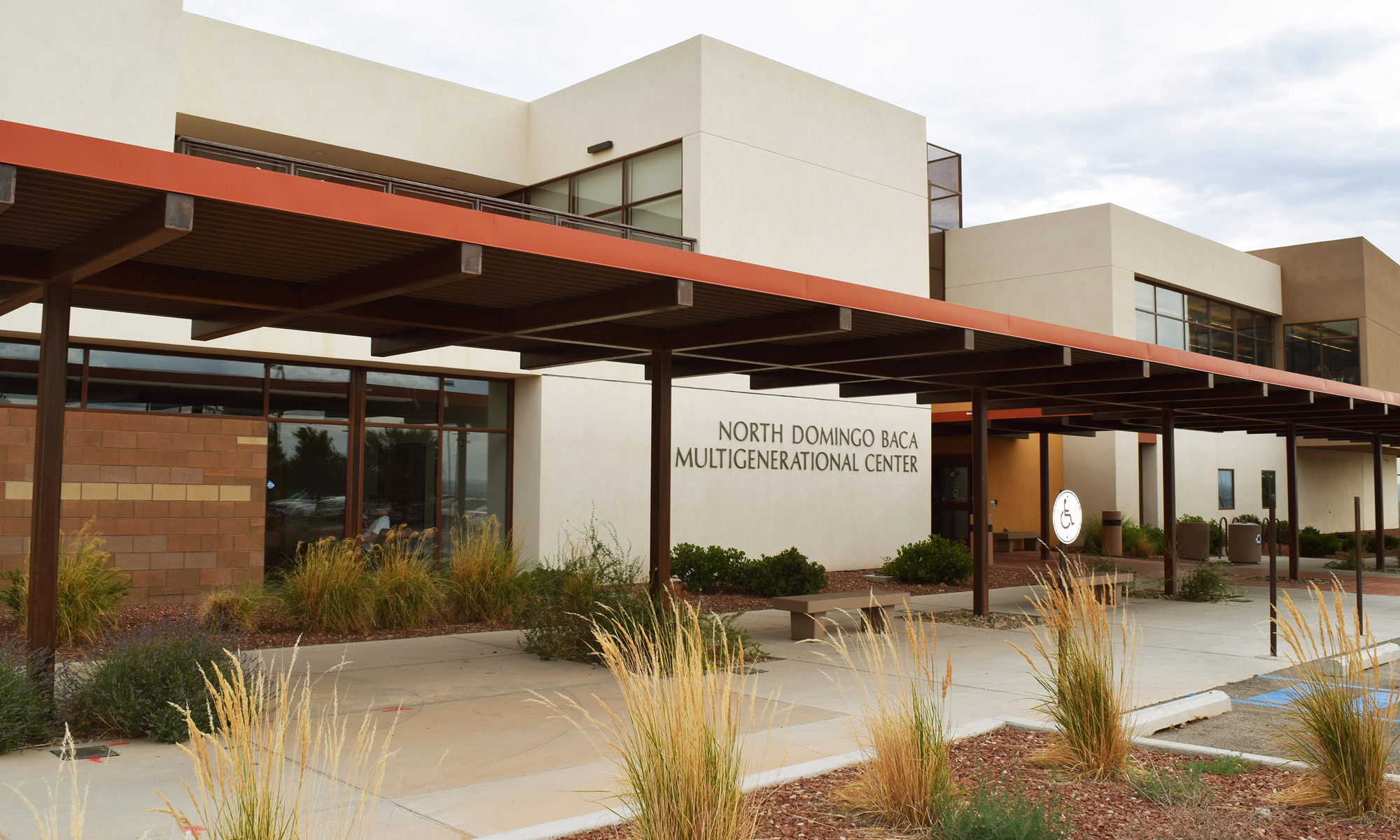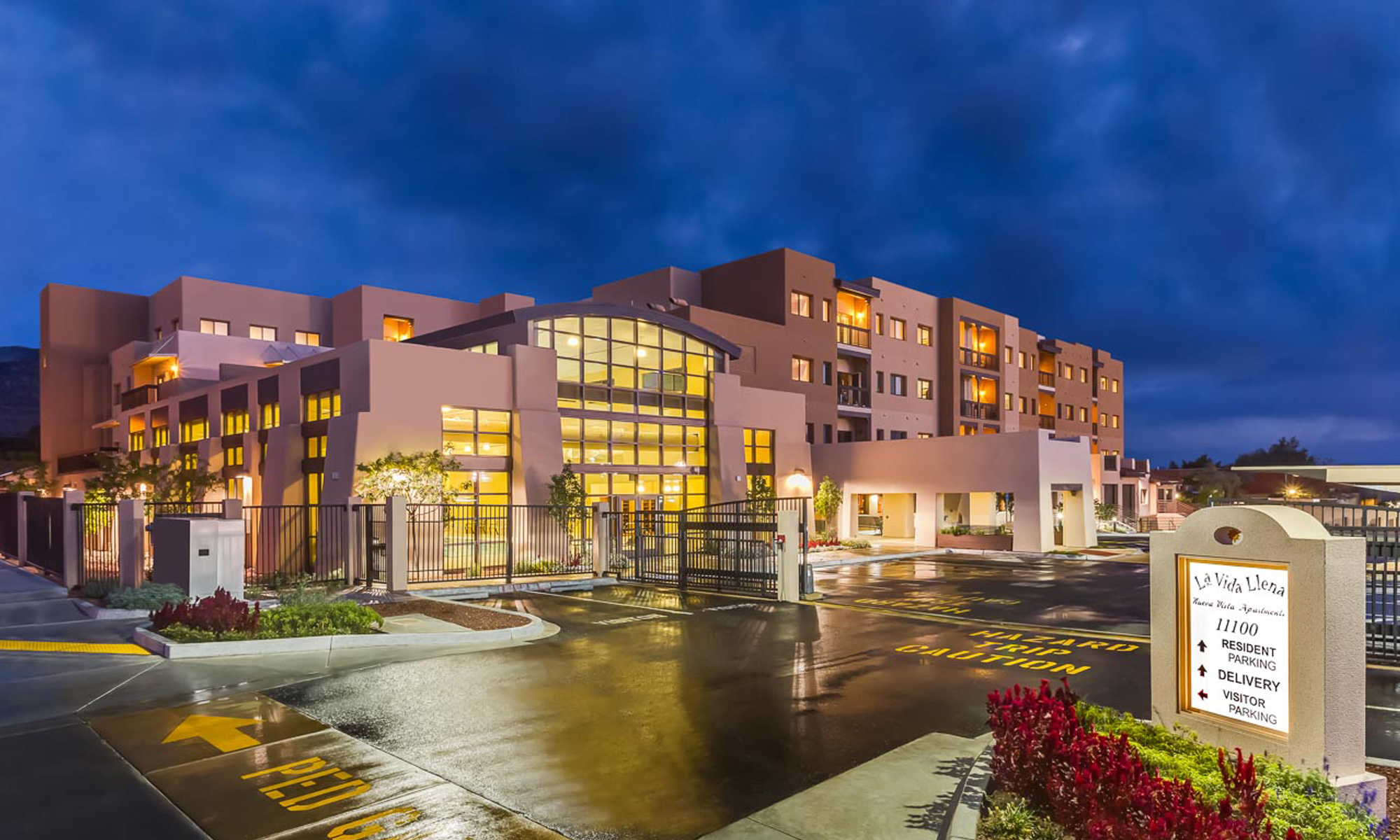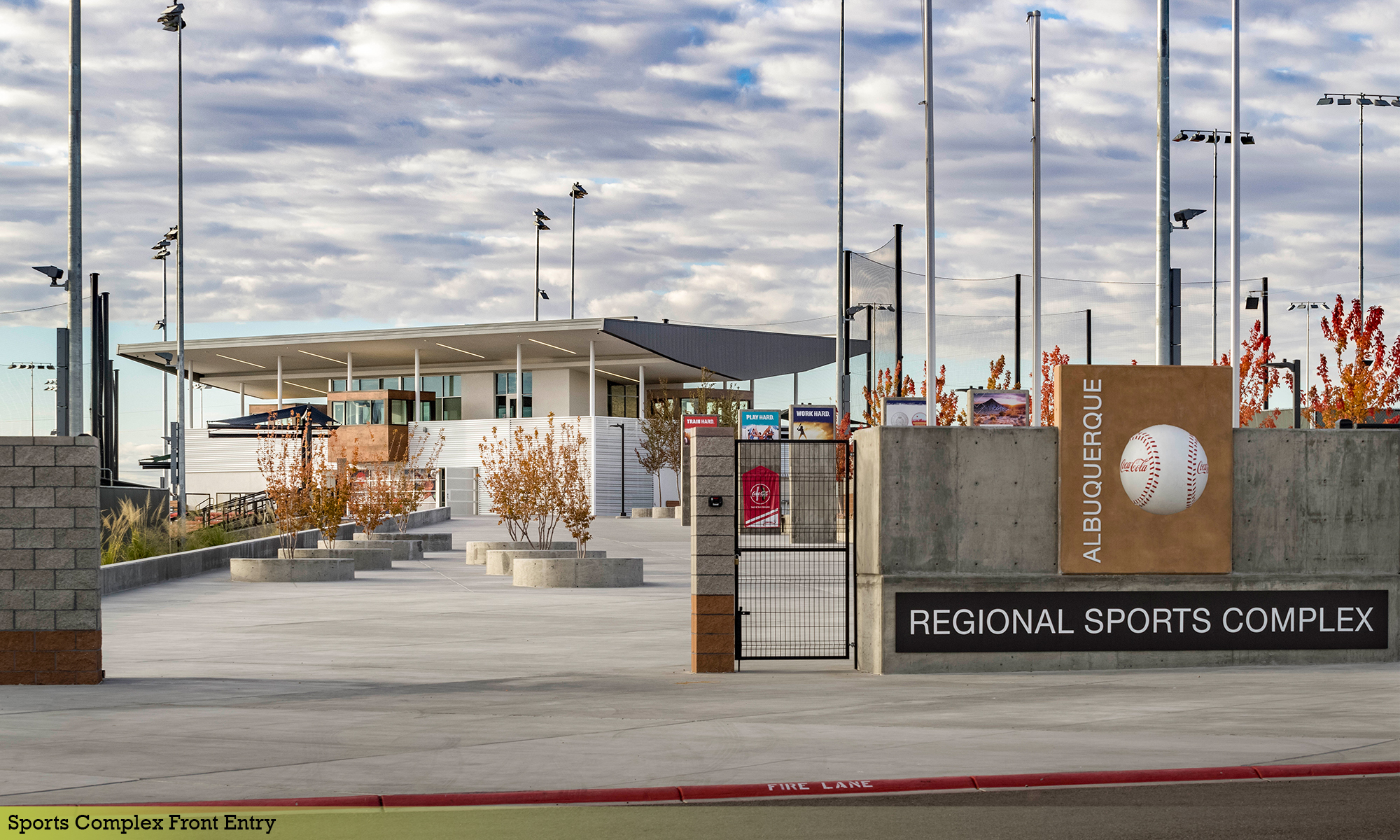At the intersection of Tramway Boulevard and Indian School Road is a 2.2-acre landscape, which includes the Tramway Trail, an urban open space trail in the foothills of the Sandia Mountains. The site contained a prairie dog colony and was dominated by large stands of the highly invasive Ailanthus altissima (Tree of Heaven). The City of Albuquerque, along with the NMDOT, relocated the prairie dog colony to a better suited environment, addressed the Tree of Heaven infestation, and planned to re-establish the landscape at this highly visible site. The City worked with community members on a master plan to develop an attractive water-sensitive landscape at the entrance to their community that offered opportunities for running, walking, and watching the sun set; prevented the re-introduction of the prairie dogs and the Tree of Heaven; created a pollinator friendly landscape; and lastly, improved pedestrian visibility.
The design team at Consensus Planning worked collaboratively with the City, NMDOT, and Embudo Canyon Neighborhood Association at all phases of the project to ensure that all concerns and needs were being addressed. Over the various milestone meetings, national night out displays, and meet and greets, substantial input was provided by an enthusiastic community. The site is a prototype to address rehabilitating similar affected areas along the Tramway corridor.
To maintain continuity with the existing trail system and natural foothills landscape, the site was designed to blend with the existing conditions along the trail and as a native landscape corridor. Native re-vegetation seeding was applied to the site and includes a mixture of native flowers, shrubs, and grasses. The site also utilizes bioswales, rock-filled gabion baskets, and boulder retaining walls to manage erosion of the highly erosive soils and harvest the rainfall that falls on and enters the site. These natural materials echo the granite mountain foothills surrounding the site. A temporary irrigation system was installed to facilitate better germination of the seed mix and plant establishment.
The primary feature of the project is a colorful pollinator waystation at the project corner. The pollinator garden includes the installation of milkweed that attract not only monarch butterflies but native pollinators as well. A plant bloom time spreadsheet was created to ensure that a balance of nectar and pollen producing plants were available throughout the active times of the year for pollinators to have a readily available food source.
A human respite area was provided with two benches, native trees for future shade, and an expansive view looking across the valley to the West Mesa. As an educational tool, three information signs were developed to identify the invasive Tree of Heaven, promote pollinator landscapes using native and naturalized plant species; and to explain the site’s use of multiple techniques to deter prairie dog colonies from setting up home.
This project is an excellent example of how municipalities, designers, and community members can come together to collaboratively develop a project vision that ensures a projects long-term success. A well-attended ribbon-cutting ceremony was highlighted by the unveiling of a dedicatory plaque memorializing this hard work and collaboration. The project was also presented an Excellence in Sustainability award from the New Mexico Chapter of the American Society of Landscape Architects in 2021.








